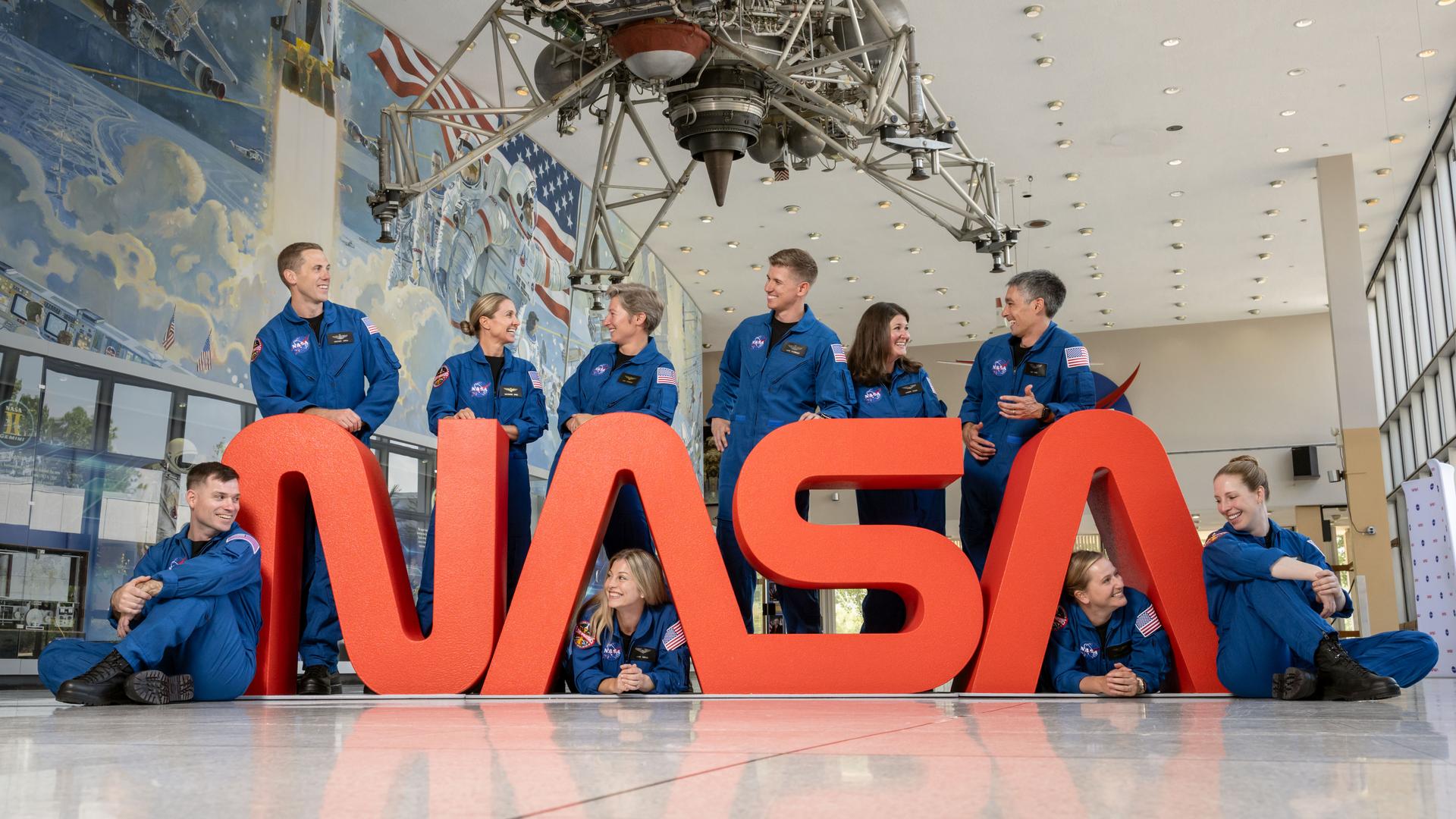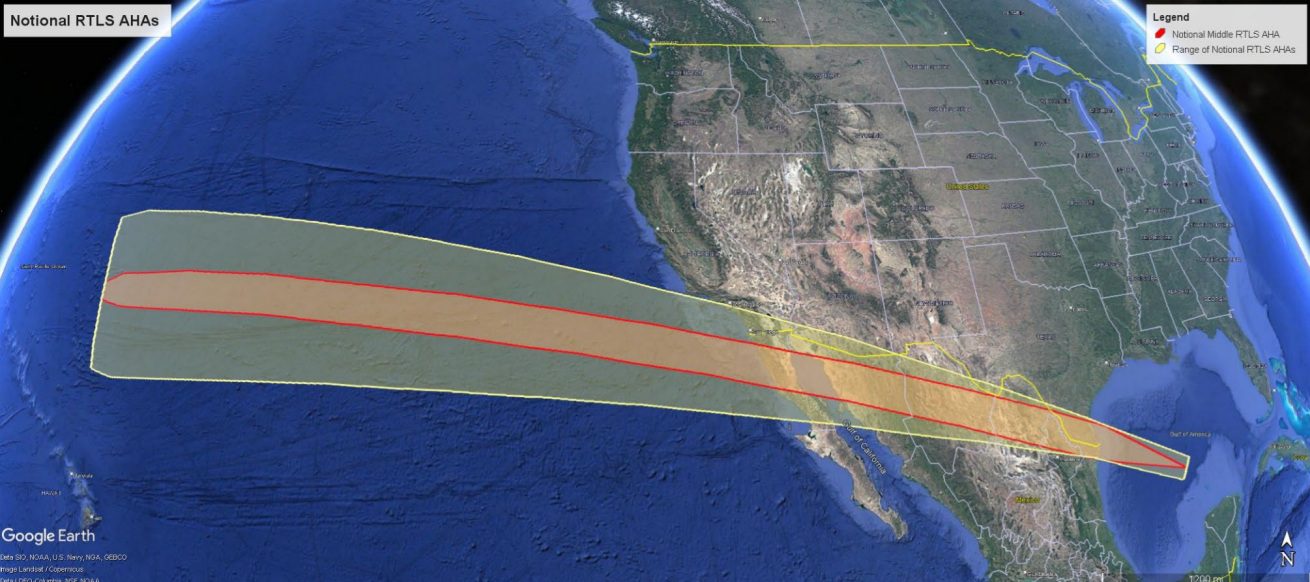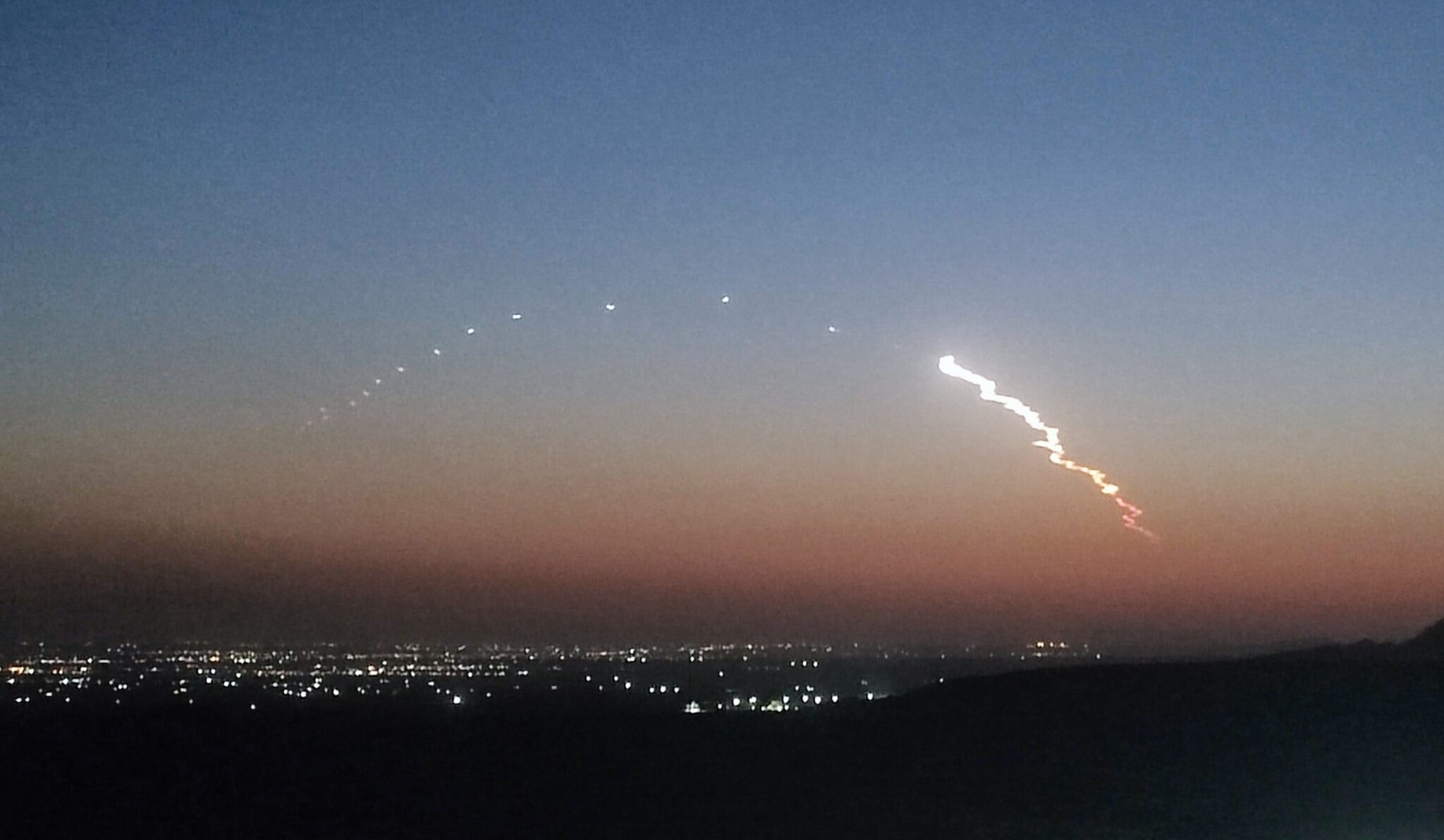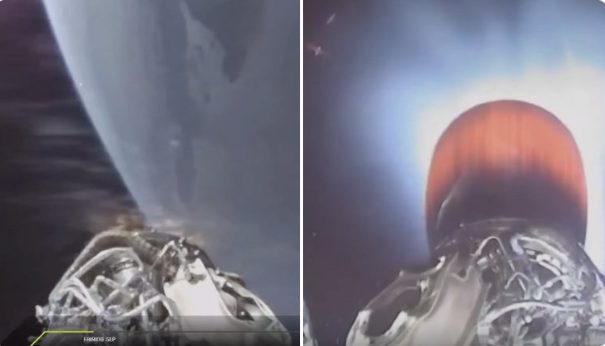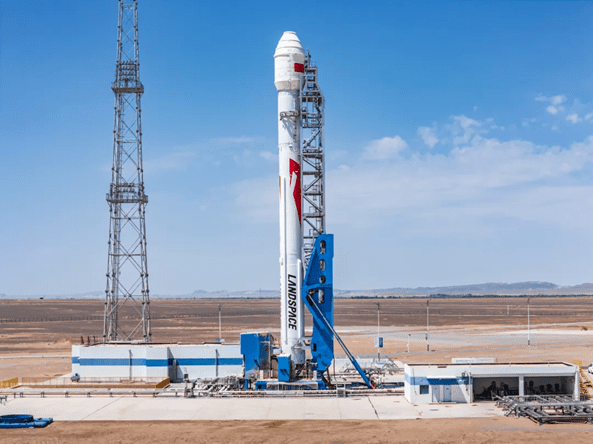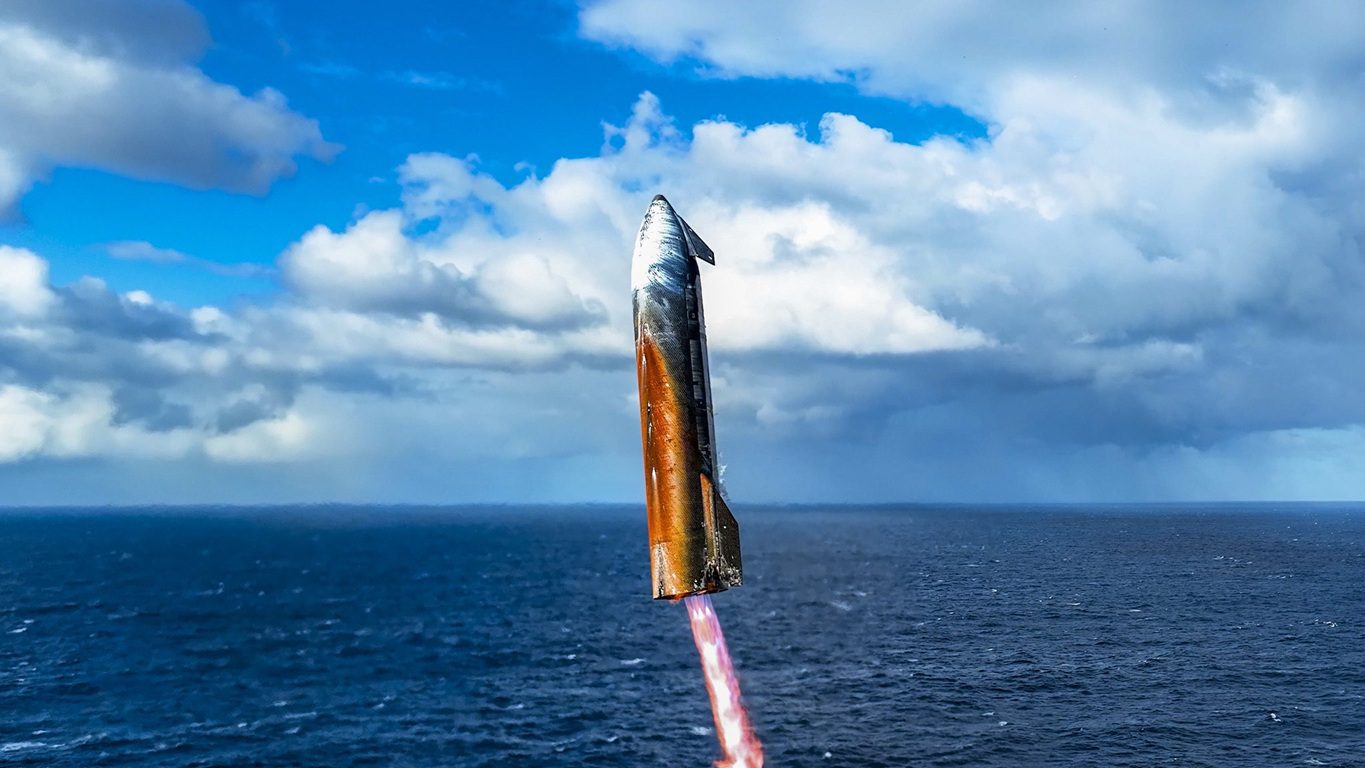At 0350 GMT on 2 March 2015, two commercial communications spacecraft, ABS-3A and Eutelsat 115West B (Satmex 7) were launched from Cape Canaveral by a Falcon 9V1.1. For performance maximisation reasons, the SpaceX rocket flew without its a reusable first stage and no first stage landing attempt was made. The spacecraft were flown into a 63,000 x 400km super-synchronous transfer orbit at an inclination of 24.8 degrees relative to the equator.
The very high apogee, which was about 27,000km more than needed by a communications satellite in Geostationary Earth Orbit, is helpful in reducing the thruster fuel required to remove inclination even after the fuel to reduce this high apogee is also taken into consideration. Both 1,800kg spacecraft were of the Boeing 702SP “all electric” design. The spacecraft will use their own Xenon-ion thrusters to slowly move to GEO in this way with the entire process lasting six months. The “double stack” method of loading the spacecraft onto the launch, which was developed by Boeing, used no separate adaptor but simply had one spacecraft loaded on top of the other one.


